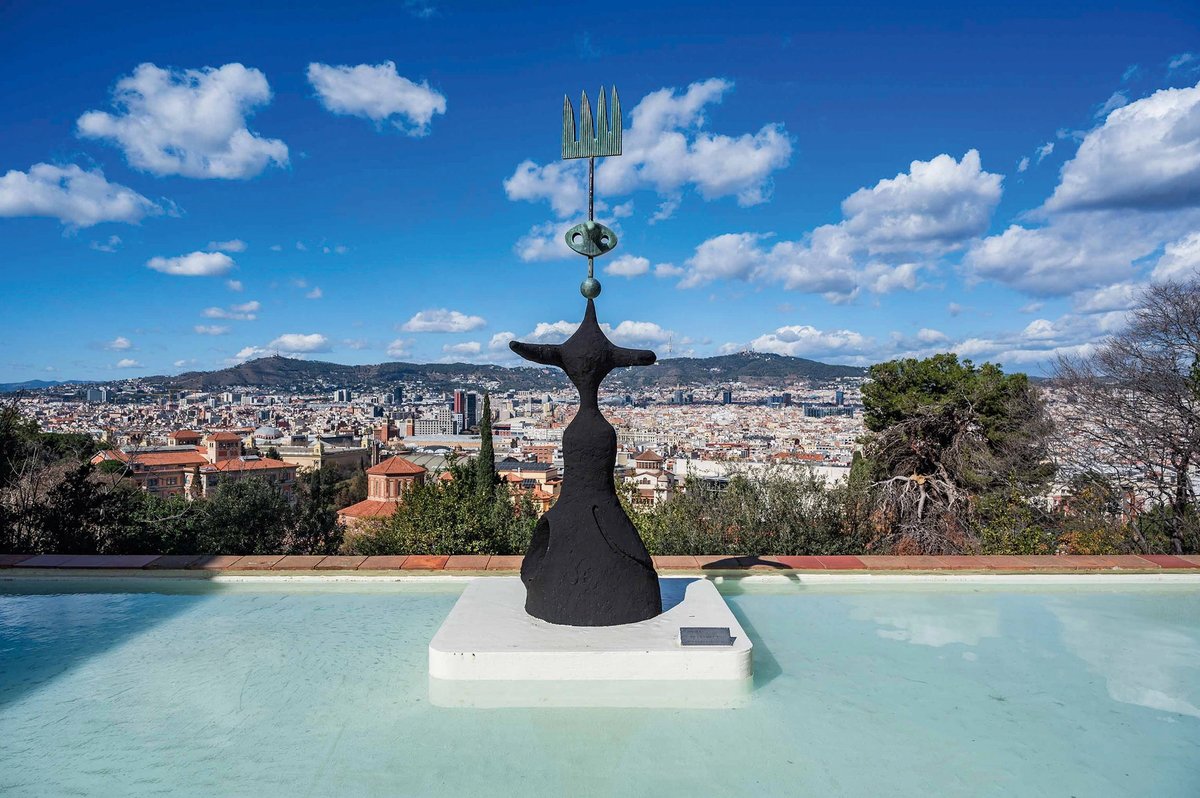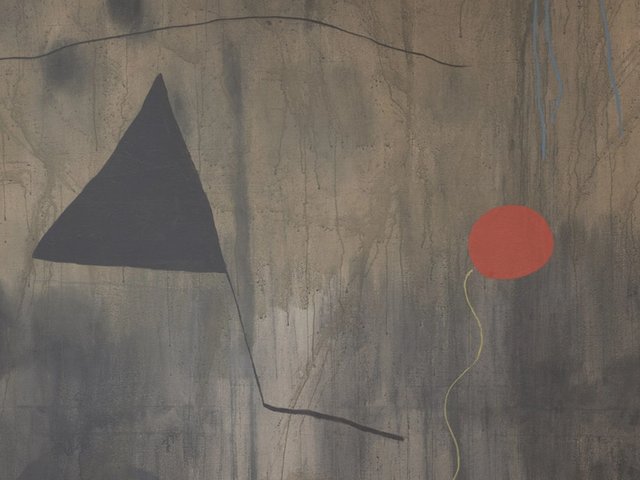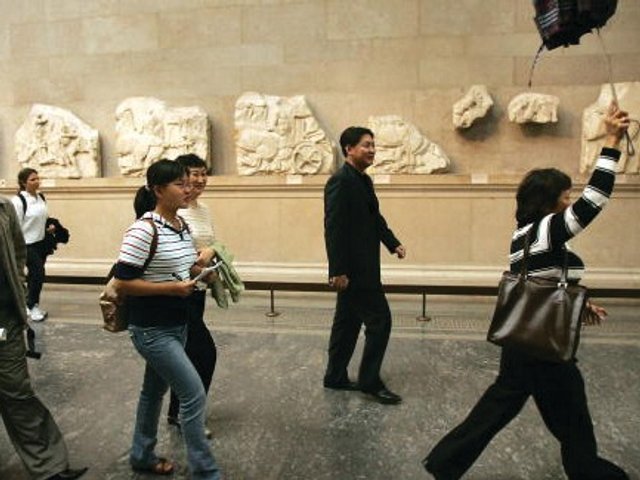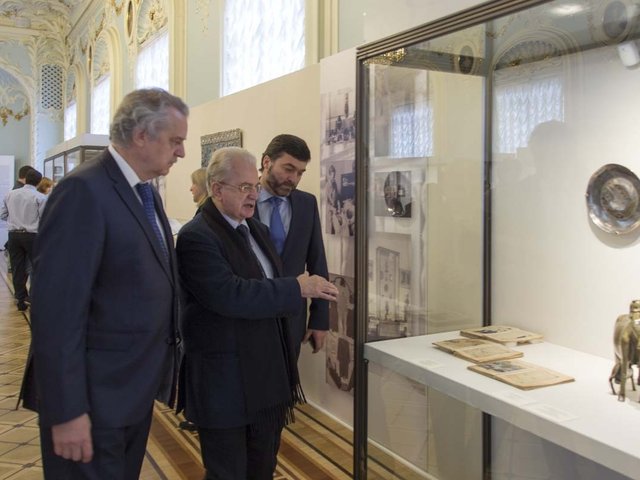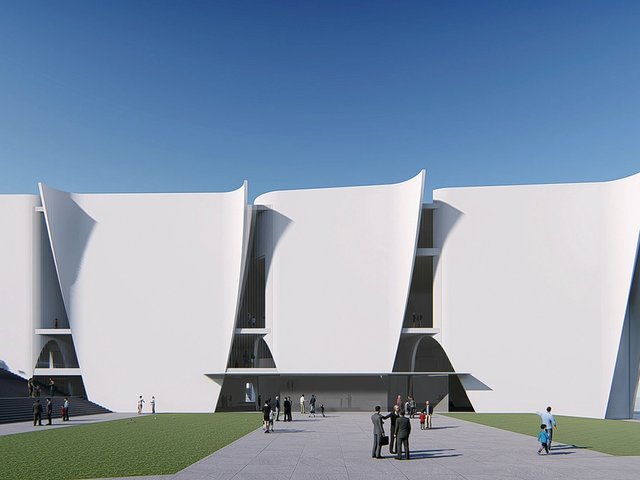Barcelona’s tourism authority is teaming up with its museums in a bid to shake off the city’s image as a destination for sun, sand and stag parties in favour of a profile as a global art hub that draws cultural tourists for major exhibitions.
The fifth most visited city in Europe, Barcelona became the scene of major street protests against over-tourism last summer. With more than 15 million visitors a year—compared with a population of 1.7 million—it is in no need of more. While the city government clamps down on short-term rentals, the tourism board is striving to improve the quality of the sector and raise the profile of Barcelona’s art tradition; it was, after all, it points out, the home of Pablo Picasso and Joan Miró, both of whom established their own museums there.
The initiative, Barcelona Art Season, aims to spotlight the city’s museums and major exhibitions, moving the focus beyond its already world-famous Modernist landmarks. Turisme de Barcelona is promoting a series of exhibitions as reasons to visit, starting with MiróMatisse, which ran from October 2024 to February this year at the Joan Miró Foundation.
“We’re looking for visitors who are willing to travel for art,” says Mateu Hernández, the chief executive of Turisme de Barcelona. “Come for MiróMatisse, stay for the rest.”
Two museums will receive major public investment from the city council and the government of Catalonia, who have pledged €100m to overhaul the National Museum of Catalan Art (MNAC) and €5m to expand the Museum of Contemporary Art of Barcelona.
Hernández points to cities like London and Paris, where major exhibitions draw international visitors, such as Mark Rothko’s 2023-24 retrospective at the Fondation Louis Vuitton. But since Barcelona is not the capital of Spain, and therefore home to few national museums, Hernández instead looks to Miami as a model for reinvention. “The city used to be known for Miami Vice, related to parties and drugs,” he says. “Art Basel slowly changed that vibe.”
The exhibitions selected to promote Barcelona Art Season include Exchanges: Miró and the United States (17 October-22 February 2026) at the Miró Foundation; Ubü the Painter (28 November-5 April 2026) at the Picasso Museum; Sean Scully (14 March-6 July) at Gaudí’s La Pedrera, and Zurbarán (super) Natural (until 29 June) at the MNAC.
In 2024, Barcelona welcomed 15.5 million tourists—a 0.7% drop from the previous year—but frustration among locals boiled over during the summer, with street demonstrations under the slogan “Tourists go home”. A report from Barcelona’s Chamber of Urban Property found that the supply of long-term rental contracts has dropped by 66% since 2019, while short-term rentals surged by 46%. Rents have also skyrocketed: in El Poblenou, a working-class neighbourhood now popular with international creative workers, the average rent has risen 76.5% in the past decade—from €654 to €1,155 per month, just shy of Spain’s minimum wage of €1,184 per month.
Rental rethink
In June last year, residents welcomed the city council’s decision to freeze short-term rental licence renewals, aiming for a gradual ban by 2028 to curb the housing crisis. Later in the year, Barcelona symbolically dropped its longstanding tourism slogan—Visit Barcelona—in favour of This is Barcelona. “Visit Barcelona meant ‘Come, come, come,’” Hernández says. “What is Barcelona about? you ask. It doesn’t matter—just come.”
Elisenda Poch, the general co-ordinator at the Centre of Contemporary Culture of Barcelona (CCCB), says the city’s museums have long advocated cultural tourism as an antidote to some of the excesses of over-tourism. “It comes down to the profile of tourists that our institutions attract: more respectful, and genuinely interested in their environment,” she explains.
The CCCB, which regularly hosts debates and conferences, is one of the few museums where local and national visitors make up more than half of attendance. “We have strong ties with our neighbourhood and the city, but also collaborate internationally,” she says. The centre was founded in 1994 in El Raval, in the old town—one of the neighbourhoods under the most strain from unruly tourists and short-term rentals. In December, the institution launched a series of debates on the impact of tourism on cities and the evolving nature of travel itself. “Travel and discovery are no longer privileges of the few; they have become part of everyday life,” Poch says.
The European Commission estimates that cultural tourism accounts for 40% of all European travel and defines it as travellers “who choose their destination based on its cultural offering”, including heritage sites, architecture and gastronomy—some of which are already strong draws for Barcelona. Cultural tourism is also one of the fastest growing markets, with visitors spending 38% more and staying 22% longer than the average tourist.
If successful in drawing more art enthusiasts, Barcelona Art Season is likely to boost tourism revenue. Despite the slight dip in overall visitor numbers in 2024, the average length of stays in Barcelona increased by 3%, while total tourist spending hit a record €10bn—an 8.7% rise in average spending per visitor to just under €100 per day.
“We’re now looking for quality over quantity,” Hernández says.
• Exchanges: Miró and the United States, Miró Foundation, 17 October-22 February 2026; Ubü the Painter, Picasso Museum, 28 November-5 April 2026; Sean Scully, La Pedrera, 14 March-6 July; Zurbarán (super) Natural, National Museum of Catalan Art, until 29 June


